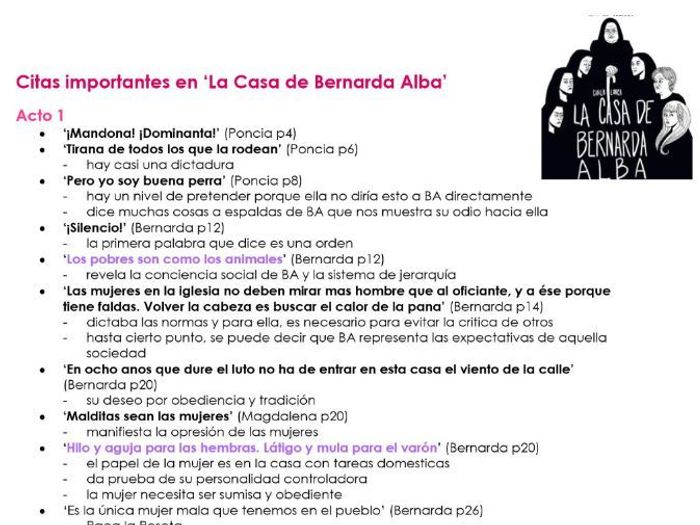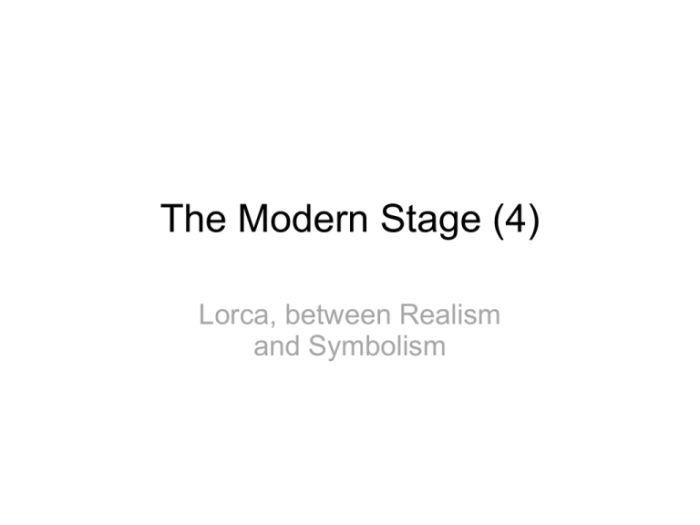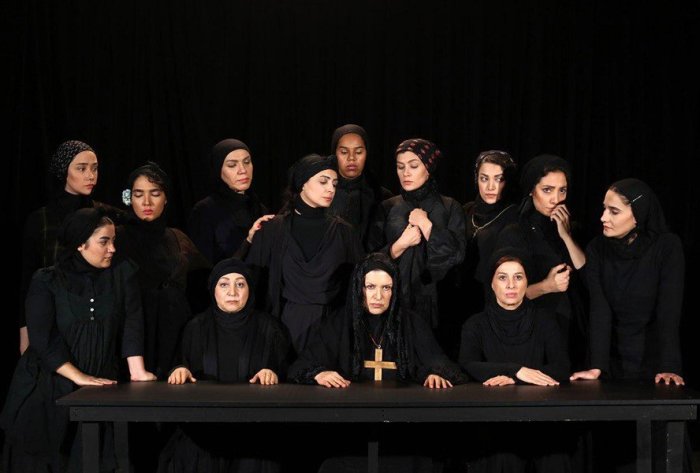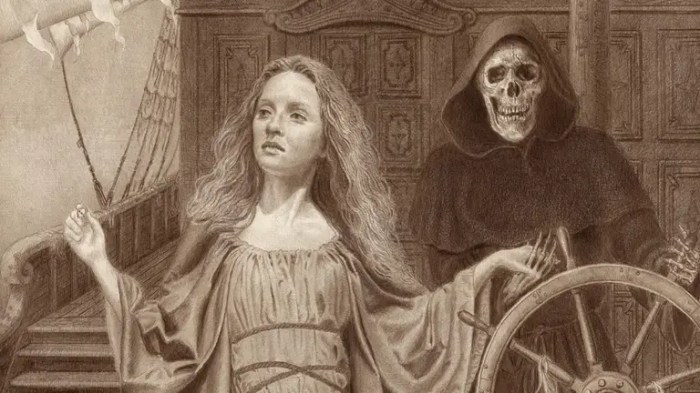La casa de bernarda alba análisis – La Casa de Bernarda Alba Análisis delves into the depths of Federico García Lorca’s renowned play, offering a comprehensive exploration of its historical, cultural, and thematic significance. This captivating analysis sheds light on the play’s profound critique of societal norms and gender roles, unraveling the complexities of its characters and the enduring impact it has had on the literary world.
Through a meticulous examination of the play’s structure, symbolism, and social commentary, this analysis provides a multifaceted understanding of Lorca’s masterpiece. It illuminates the play’s enduring relevance, its influence on subsequent works, and its critical reception over the years.
Contextual Framework
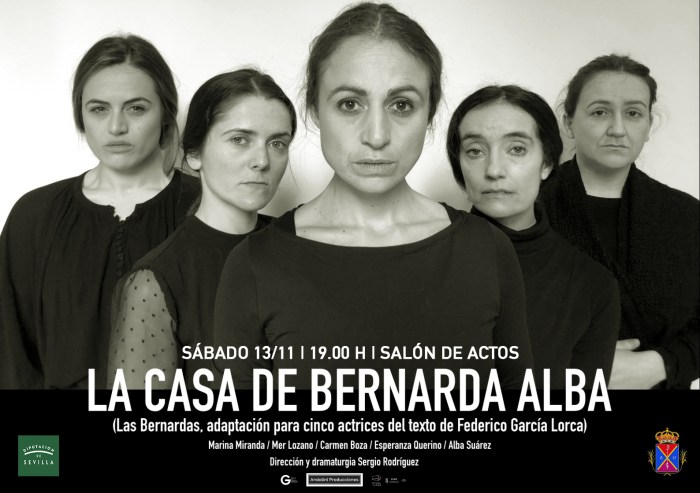
Federico García Lorca’s The House of Bernarda Albais a poignant tragedy that explores the oppressive social and cultural norms of rural Spain in the early 20th century. Set in a secluded Andalusian village, the play delves into the suffocating atmosphere of a household dominated by a tyrannical matriarch, Bernarda Alba.
The play’s setting is a microcosm of the patriarchal society that prevailed in Spain during the time. The house is a symbol of Bernarda’s absolute authority, where her daughters are confined and isolated from the outside world. The stifling heat and oppressive silence within the house mirror the emotional and psychological torment endured by its inhabitants.
Character Analysis
Bernarda Alba is a complex and formidable character who embodies the harsh and unforgiving nature of the society she represents. Driven by an obsessive desire for control and a fear of scandal, she imposes her iron-fisted rule on her household, suppressing any hint of freedom or individuality.
In contrast to Bernarda, her daughters represent a spectrum of female experiences and desires. Angustias, the eldest, is a dutiful and submissive daughter who accepts her fate as a pawn in her mother’s machinations. Magdalena, the youngest, is a rebellious spirit who yearns for love and freedom, but is ultimately crushed by the weight of Bernarda’s tyranny.
Themes and Symbolism
The House of Bernarda Albaexplores a range of profound themes, including the oppression of women, the conflict between desire and duty, and the destructive power of tradition. Lorca employs a rich array of symbols to convey these themes, such as the house itself, the moon, and the river.
The house represents the suffocating and repressive environment in which the characters are trapped. The moon symbolizes the unattainable desires and forbidden passions that haunt them. The river, which runs near the house, represents the possibility of escape and freedom, but it also poses a threat of danger and destruction.
Structure and Style
The play is structured in three acts, each of which intensifies the tension and conflict within the household. Lorca uses a non-linear narrative technique, employing flashbacks and foreshadowing to create a sense of urgency and suspense.
The play’s language is poetic and evocative, reflecting the emotional turmoil and psychological depth of the characters. Lorca employs a range of literary devices, including metaphors, similes, and imagery, to create a vivid and immersive experience for the audience.
Social and Cultural Critique, La casa de bernarda alba análisis
The House of Bernarda Albais a powerful critique of the repressive social and cultural norms of rural Spain in the early 20th century. Lorca exposes the hypocrisy and cruelty of a society that values honor and tradition above the well-being of its members, particularly women.
The play challenges traditional gender roles and expectations, showing the devastating consequences of suppressing female desire and autonomy. It also highlights the destructive impact of silence and secrecy on individuals and communities.
Adaptations and Interpretations
The House of Bernarda Albahas been adapted numerous times for stage, film, and opera. Notable adaptations include a 1987 film directed by Mario Camus and a 1991 opera by Albert Ginastera.
Different interpretations of the play have emerged over time, reflecting the evolving social and cultural contexts in which it has been staged and received. Some interpretations emphasize the feminist themes of the play, while others explore its psychological and existential dimensions.
Critical Reception and Legacy
The House of Bernarda Albawas initially met with mixed reviews, with some critics criticizing its dark and pessimistic tone. However, the play has since been recognized as one of Lorca’s masterpieces and is considered a classic of Spanish theater.
The play’s enduring legacy lies in its powerful exploration of universal themes such as oppression, desire, and freedom. It continues to be performed and studied around the world, inspiring new interpretations and sparking important conversations about gender, society, and the human condition.
Key Questions Answered: La Casa De Bernarda Alba Análisis
What is the central theme of La Casa de Bernarda Alba?
The play explores the oppressive nature of societal norms and gender roles, particularly within the patriarchal structure of rural Spain.
How does Lorca use symbolism in the play?
Lorca employs a rich tapestry of symbols, such as the white walls of the house, the green dress, and the horses, to convey the play’s themes and character motivations.
What is the significance of Bernarda Alba’s character?
Bernarda Alba represents the embodiment of traditional values and the suffocating authority that oppresses the female characters in the play.
